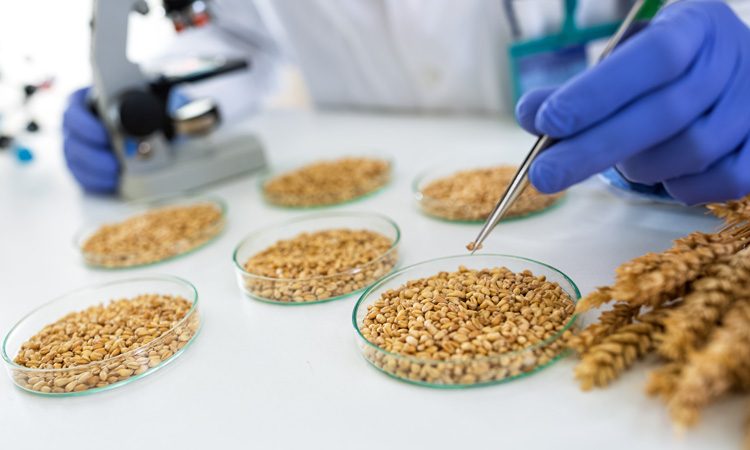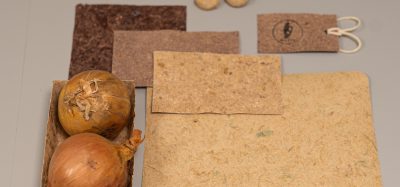Gene responsible for lutein esterification in bread wheat identified
- Like
- Digg
- Del
- Tumblr
- VKontakte
- Buffer
- Love This
- Odnoklassniki
- Meneame
- Blogger
- Amazon
- Yahoo Mail
- Gmail
- AOL
- Newsvine
- HackerNews
- Evernote
- MySpace
- Mail.ru
- Viadeo
- Line
- Comments
- Yummly
- SMS
- Viber
- Telegram
- Subscribe
- Skype
- Facebook Messenger
- Kakao
- LiveJournal
- Yammer
- Edgar
- Fintel
- Mix
- Instapaper
- Copy Link
Posted: 3 October 2019 | Sam Mehmet (New Food) | No comments yet
Research has been published which has significant implications for lutein esterification in bread wheat.


Carotenoids are responsible for the vivid colouring seen in many grains, vegetables and fruits. They also serve as micronutrients in the human diet, and are essential to maintaining health and brain function. Carotenoids can degrade rapidly in grain and other foods during post-harvest storage, leading to a decline in nutritional quality. The stability and retention of carotenoids is increased by esterification, a chemical reaction between the carotenoid and fatty acids derived from lipids. Until now, the molecular mechanism controlling esterification in grain have not been understood.
Researchers, Jacinta Watkins and Barry Pogson from the ARC Centre of Excellence for Plant Energy Biology, Australian National University (ANU), together with others from ANU, the University of Adelaide, University of Sydney, and University of Toronto, have designed a study to understand the esterification of lutein in wheat grain.
The authors say they have identified the gene responsible for esterification of the carotenoid lutein in bread wheat as Xanthophyll acyl-transferase (Xat), located on chromosome 7 of the wheat D genome (bread wheat has a hexaploid genome, which includes three complete genomes, termed A, B, and D, in the nucleus of each cell). Watkins et al. showed that the protein encoded by this gene is a XAT enzyme that esterifies multiple carotenoids with several types of lipids. Although XAT protein builds up as grain develops, it only acts after grain harvest. Because the XAT enzyme and the carotenoid substrates it acts on are localised in different parts of plant cells, the authors propose that the enzyme is able to interact with its substrates only when there is a breakdown of the cellular compartments after harvest. Thus, controlling the timing of this breakdown could allow for the ability to fine-tune carotenoid esterification in wheat grain.
The authors are working to transfer a small section of chromosome 7D, including the Xat gene, to durum (pasta) wheat. Lutein is important for the quality of durum grain as it provides the yellow or creamy colour of pasta and couscous. Yet, unlike bread wheat, durum wheat does not have the D-genome and therefore cannot esterify its lutein.
“Introduction of the Xat gene into durum wheat could help maintain high levels of yellow pigment during storage and transport. Understanding esterification also opens new opportunities for improving the nutritional value of cereals, addressing the retention and stability of other carotenoids, including those with provitamin A activity,” according to Watkins.
Related topics
Related organisations
Australian National University (ANU), The American Society for Plant Biologists (ASPB), University of Adelaide, University of Sydney, University of Toronto








